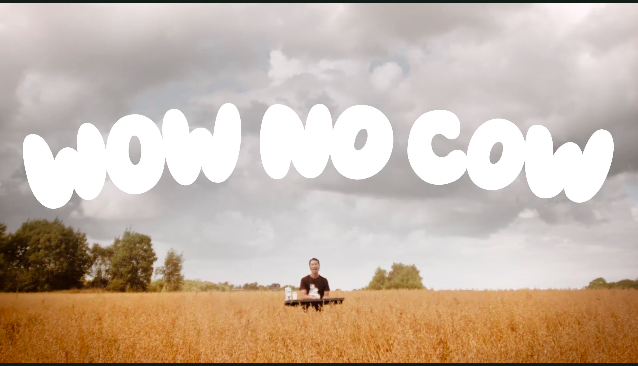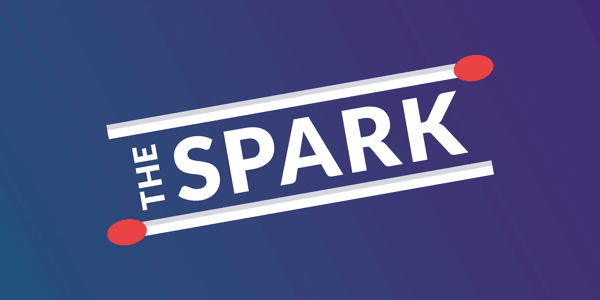The Future Is HearSo, there’s a new “next-gen podcast,” livestreaming style chat room app — and it’s not the one we covered last week. This audio-only startup goes by the name of Fireside and it’s basically a clone of the rising star, Clubhouse. Both apps challenge social media norms by shifting the focus from one-sided conversations to real-time dialogue and engagement.
It’s worth noting a few differences between the two apps. For starters, Fireside:
It’s safe to say the future of audio lends itself nicely to organic content for both users and brands, so it’s no surprise a rise in competition is fueling the social audio fire. This trend is rapidly becoming a significant part of the digital world as Twitter works on its own audio offering called Spaces and Spotify considers a subscription model for podcasts. And if the future really is in audio, we’re bound to see a few more competitors (like the ‘Gram) come out with similar offerings to Clubhouse. Grab a seat by the fire and consider the benefits of making audio a part of your marketing mix before it engulfs the world of digital media.
TL;DR: A new Clubhouse rival, Fireside, has entered the scene and is stoking the flames of social audio.
A Penny for Your Tweets?We pay for content all the time, from TV to music and podcasts to news articles. One place content is typically free of charge? Social media — though Twitter might change that. The platform is reported to be in early stages of exploring a variety of different subscription models in an effort to lessen its reliance on ads.
As growth slows for both Twitter’s new users and its targeted advertising business, activist investors are encouraging the app to create new revenue streams. One possibility Twitter is considering is a tipping model, in which users can tip others for content they enjoy. Other avenues may include charging for features like an ad-free feed, Tweetdeck, premium analytics, profile customization, verification, or exclusive content.
Though timelines and details are fuzzy, Twitter seems to be serious about moving toward paid products. How this will affect the advertising landscape on the platform is still yet to be determined, but brands that rely on Twitter ads should stay on their toes and look out for additional opportunities. A move toward subscription Twitter will certainly change social media advertising as we know it.
TL;DR: To increase and diversify its revenue streams, Twitter looks to add new paid features or exclusive content on the platform.
Safe and SoundNever thought we’d say this, but YouTube may have just set the standard for brand safety. After a snafu involving several brands’ ads appearing near inappropriate and hateful content on the platform in the late 2010s, YouTube lost the trust of many advertisers. But, this week, it became the first digital platform to receive brand safety accreditation from the Media Rating Council (MRC).
The accreditation signifies YouTube’s brand safety measures are at least 99% effective in preventing ads from appearing near inappropriate content. Plus, this means the platform’s tools and controls are highly sufficient for marketers that want to block their ads from certain categories of content.
This thumbs-up from the MRC sets a high bar for other digital platforms as brands increasingly expect greater control over their ad placements. We expect to see more tools from Facebook, Reddit, TikTok, and others — because this stamp of approval is not one they’ll want to be caught without.
TL;DR: The Media Rating Council gave out its first brand safety accreditation to YouTube, signifying it is 99% effective in preventing ads from appearing near inappropriate videos.
What Lit Us Up
Holy ... Oat!Murmurs of “They paid over $5 million for that??”, spots on both “Best Super Bowl Ads” ads and “Worst Super Bowl Ads” lists, press from AdWeek to Buzzfeed, and *all* of the tweets. Yup, we’re talking about reactions to the Oatly ad.
In a pretty extreme example of repurposed content, this commercial was filmed in 2014 and previously aired in Sweden. Though it was banned in Oatly’s home country due to grumbling from the dairy industry, the brand decided to reuse the ad featuring its singing CEO to promote its products to a whole new (and massive) audience. The simplicity and good-natured humor of the spot fits squarely with Oatly’s messaging, even if there were some mixed opinions. And their marketing team may be onto something: The song has been stuck in our heads since Sunday.
Because the commercial aired in the past, Oatly had premonitions of some, let’s say, conflicting views and decided to get ahead of the conversation. Immediately after the ad appeared on TV, the company began selling “I Totally Hated That Oatly Commercial” t-shirts online, which sold out within minutes. It’s a reminder that optimizing content you already have and going against the grain can pay off. The alt milk’s website even reads that while their idea wasn’t the most Super Bowl-ish, "our attempt to promote [CEO] Toni's singing skills to a wider audience actually got you to visit an oat milk company website on the big day." Touché Oatly. TL;DR: Whether you loved it or hated it, Oatly’s commercial may come out the real winner of the Super Bowl. (Was this email forwarded to you? Sign up here.)
|
-1.png?upscale=true&width=346&upscale=true&name=Tier%20One%20logo_color%20(1)-1.png)


